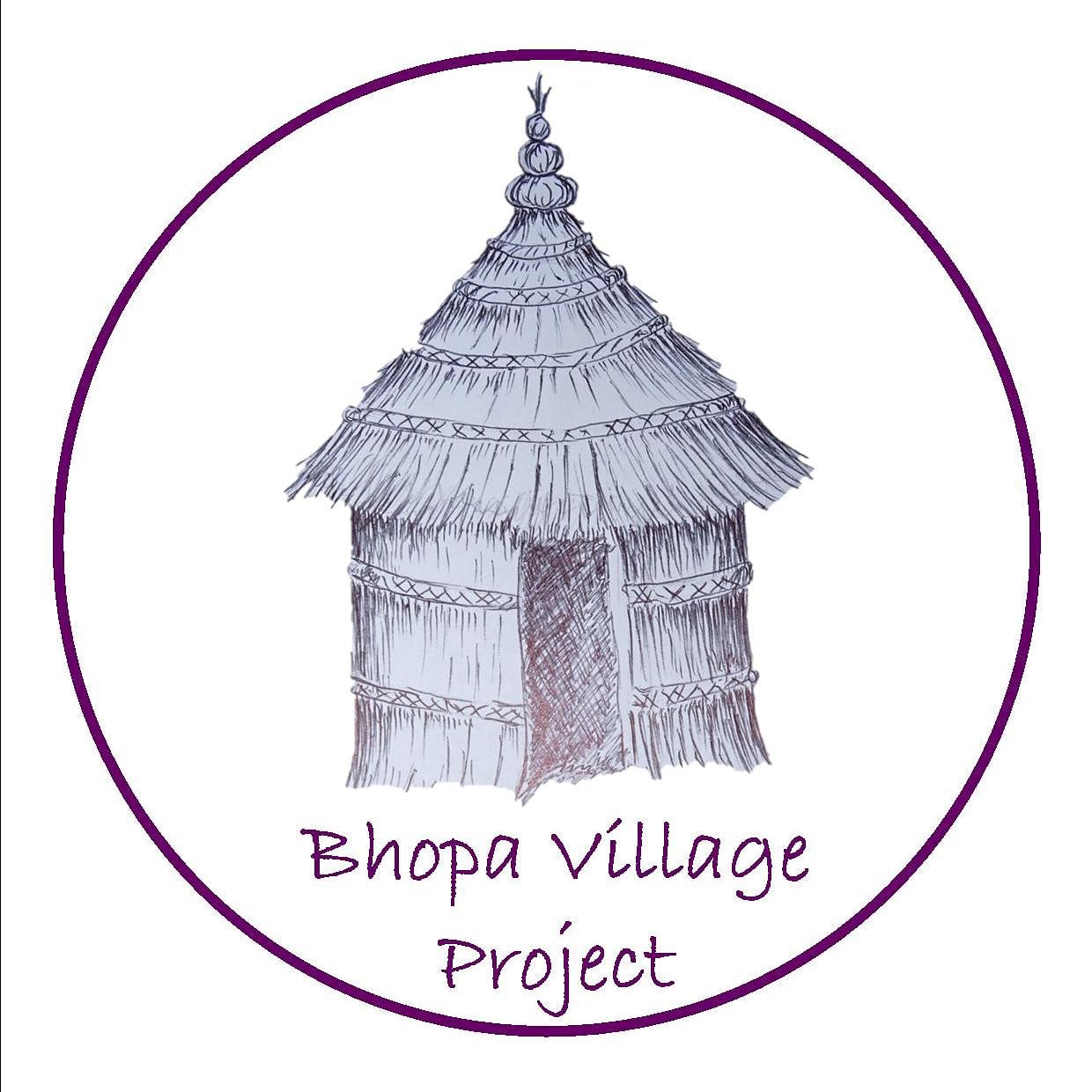
Traditional Rajasthani Dress
- Bhopa Village

- Jul 14, 2020
- 2 min read
Updated: Dec 29, 2020
Traditional Rajasthani Dress
The colourful and intricate wonder of Rajasthani dress is a marvel to most travellers. It adorns not just the people but the view of the countryside and streets with blasts of colour amid the cacophony of life. The dhoti and the kurta, usually both in white, are the traditional dress and daily wear for most Bhopa men. The dhoti is a length of woven cloth that is wrapped in various ways to turn it into long trousers and/or a type of shorts. In the south of india this cotton fabric is usually called a lungi (sarong). It is reminiscent of a loin cloth and is still mostly worn by men in the villages, particularly the elders. The kurta is a long cotton shirt with buttons at the top. In Rajasthan many men wear an angakha instead of a kurta. This is a type of overlapping cotton jacket. The robe has an inner panel which covers the chest. In Rajasthan, compared to other parts of India, this item tends to be shorter in style and begins to flare slightly around the abdomen. It is secured to the shoulders by ties and not buttons. Sometimes it contains many hidden pockets within the seams for personal items such as money or beedi cigarettes. Men wear this with shoes made from sheep, camel or goat skin; these can be embellished with embroidery and designs. Earrings in both ears are normal. Rajasthani slithers of ruby and sapphire, found in the Thar desert, are incorporated into flower designs with gold and are normally gifted to a child on its both or progression to adulthood. No man is fully dressed unless wearing a Turban which is the pride and honour of the man. They come in varying colours and are shaped and sized differently. It denotes the region, religion and caste of the wearer but much more about this in another blog.
The Bhopi women tend to wear a simple bra and shirt combination called a choli, with a gypsy style pleated skirt of differing patterned fabric, with intricate antique borders and stitching; sometimes mirror-work, shells and sequin additions. This skirt (ghabra) and choli is accompanied by a veil called a ghoonghat, which is tucked into both skirt and the top of the bodice fabric. It covers the head and face gracefully. The wearing or not of the veil, is nowadays only done to cover the face in the villages and desert. Modern women are discarding the veil more and more. The women usually wear the entire family fortune about their person.This comprises of earnings, a bobble on the head to raise and hold the veil called a Borla. Depending on the relative wealth of the family, jewellery can cover her from head to toe but as a minimum, earring, bangles, anklets and nose pin. Again, more about the variety and styles of jewellery in another blog. 🙏









Comments